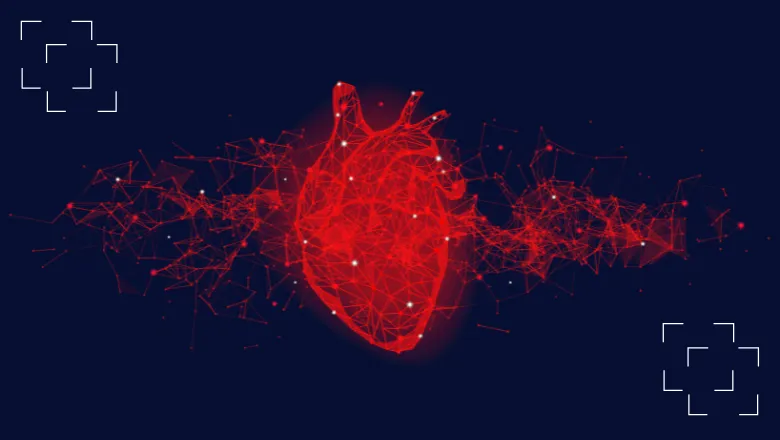An AI tool could help cardiologists identify and target cells that trigger arrhythmia in patients with ventricular tachycardia, a serious heart condition.

A new study, led by King's College London's Michele Orini, along with University College London researchers and international collaborators, has found that an AI tool can help pinpoint the cells that are interfering with the heart's rhythm. The tool could potentially be used by clinicians to better treat people with ventricular tachycardia.
Ventricular tachycardia is a potentially life-threatening condition in which the rhythm of the heart's chambers is suddenly disrupted. The disease is often treated with ablation, where energy, such as heat, is used to destroy the cells that cause rhythm disturbances.
Before ablation, doctors make an electrical map of the heart so they can identify which cells are triggering the abnormal impulses. However, it is difficult to accurately pinpoint the problem cells, and over 50 per cent of people relapse within one year after ablation because some of the offending cells remain post-treatment.
Catheter ablation for ventricular tachycardia is a novel and truly life-changing procedure, which has the potential not only to save lives, but also to prevent very painful electrical shocks from implantable defibrillators, which are, in most cases, the last resort to prevent sudden cardiac death. However, due to the complexity of the condition, in about 50 per cent of cases, the procedure currently fails to permanently remove the threat of ventricular tachycardia. This is why we are looking into novel computational solutions to support cardiologists during the procedure.
Dr Michele Orini, Senior Lecturer in Healthcare Engineering, School of Biomedical Engineering & Imaging Sciences
To test if AI could be used to help identify the cells causing the arrhythmia, the researchers turned to pigs, as pigs' hearts are similar in size and function to human hearts. They induced ventricular tachycardia in 13 pigs, collected thousands of electrical signals from each pig and tested the ability of four machine learning algorithms to find patterns in the signals and identify which cells to target.
Of the four models tested, the researchers found that random forest performed the best and could accurately identify the cells causing arrhythmia with a sensitivity and specificity of 81.4 per cent and 71.4 per cent, respectively.
This proof-of-concept study showed that AI could help clinicians pinpoint targets for ablation, which could reduce the risk of relapse.
We envisage this study as a first step towards the development of an automated system that will guide cardiologists in the identification of optimal ablation targets. Our aim is to improve outcomes for patients, reduce risk and cut the duration and cost of the procedure.
Dr Michele Orini, Senior Lecturer in Healthcare Engineering, School of Biomedical Engineering & Imaging Sciences
Next, the researchers would like to see how effective the model is in human studies. These studies are already underway, and the team are now testing more advanced AI tools, such as graph neural networks, with encouraging preliminary results.






